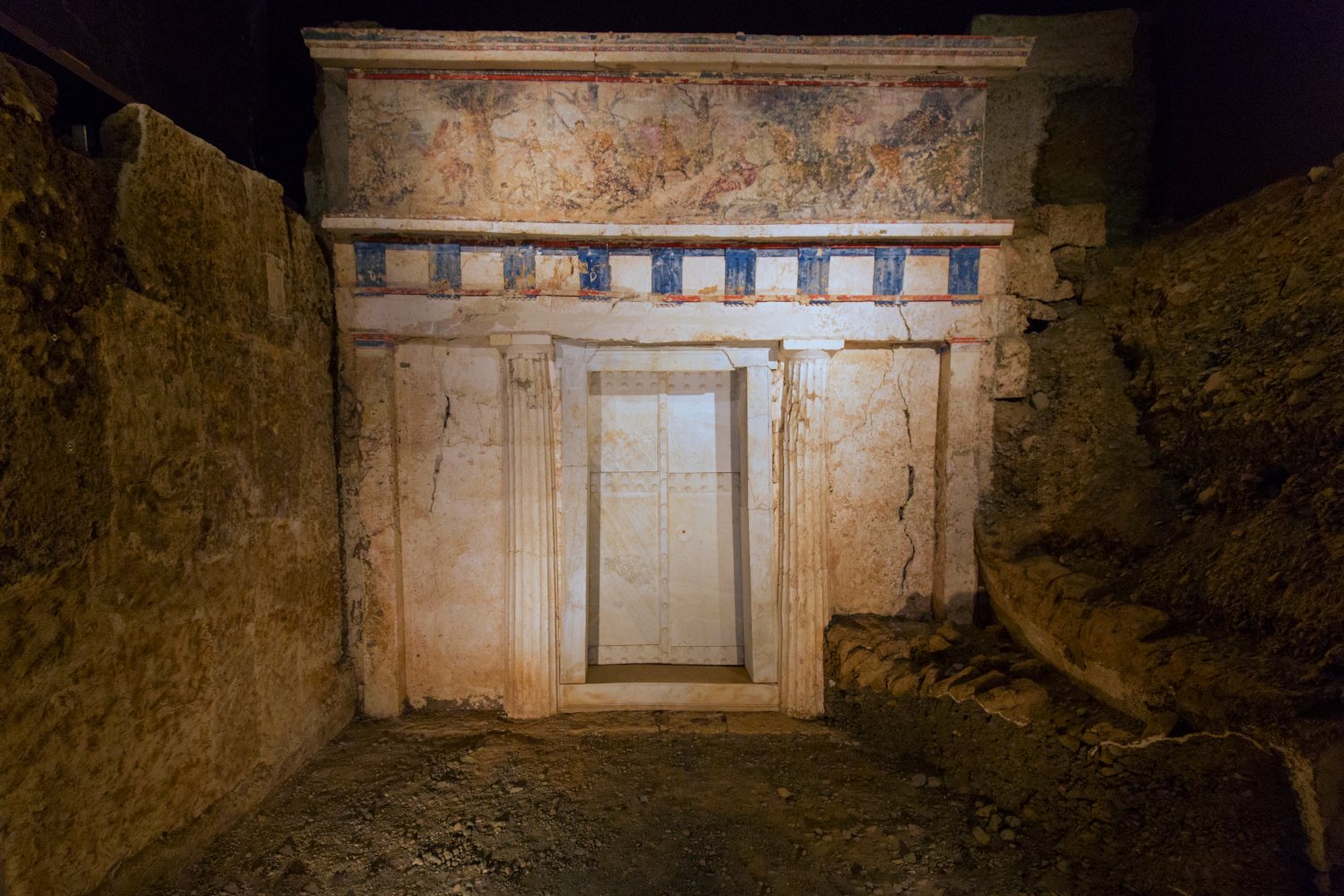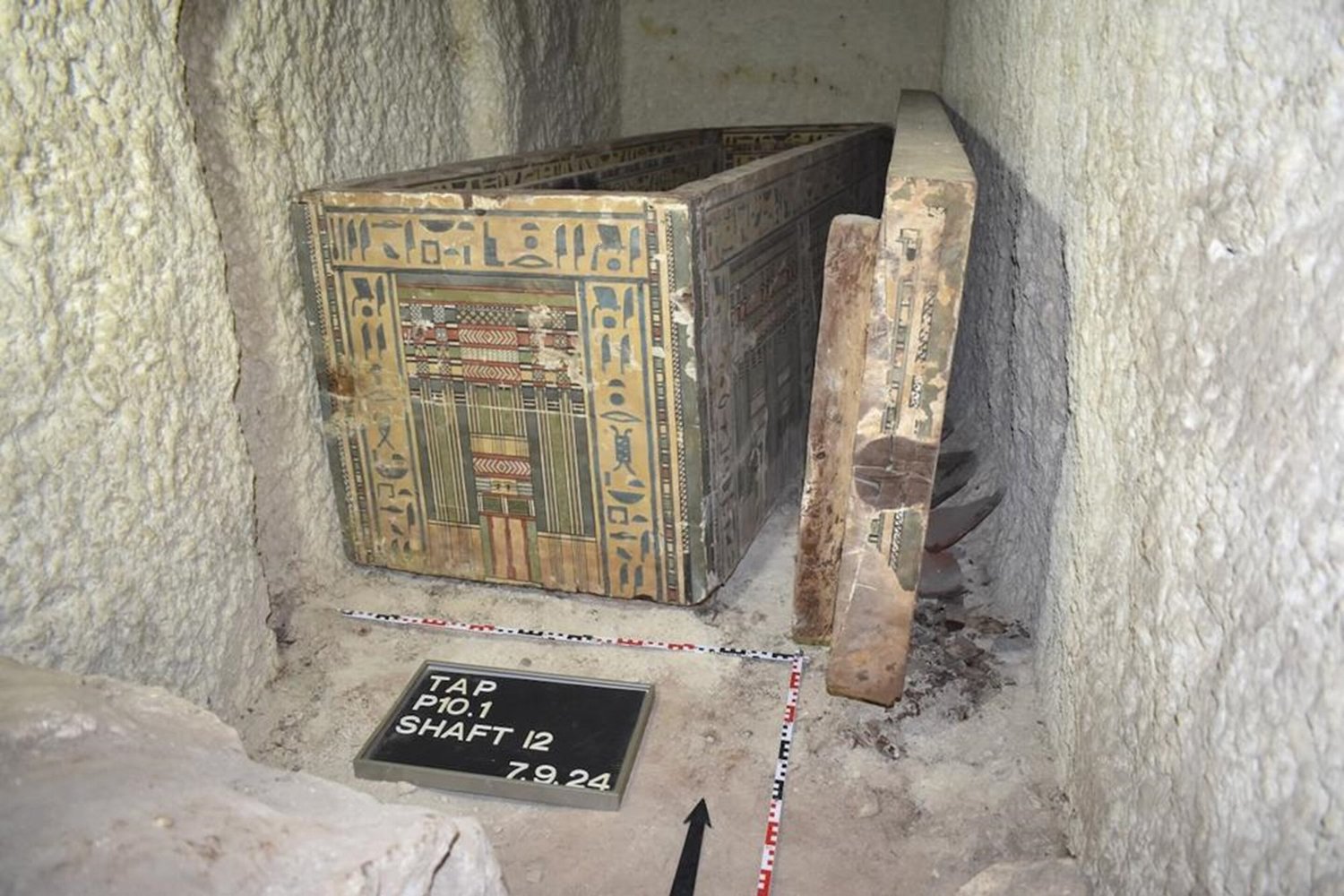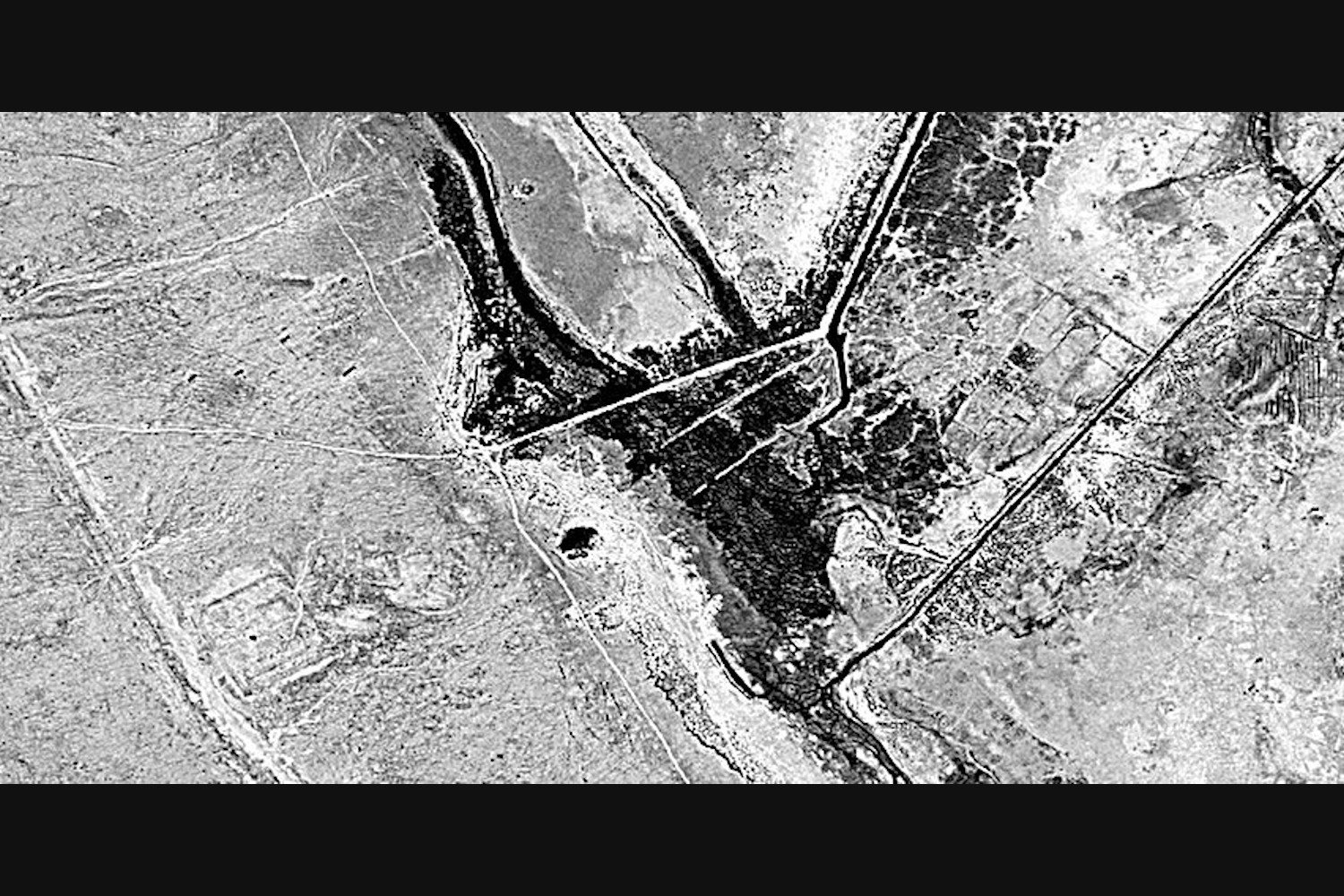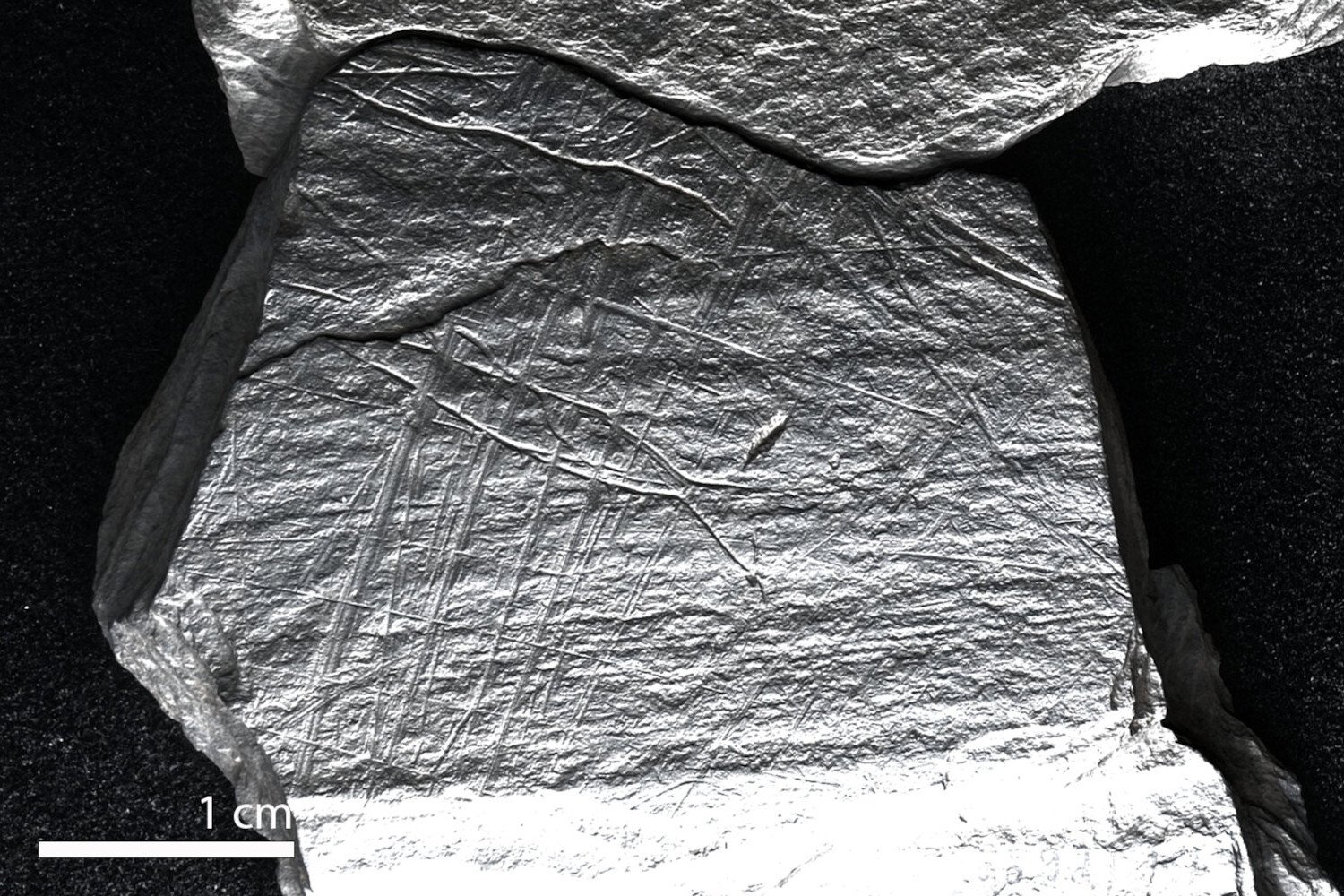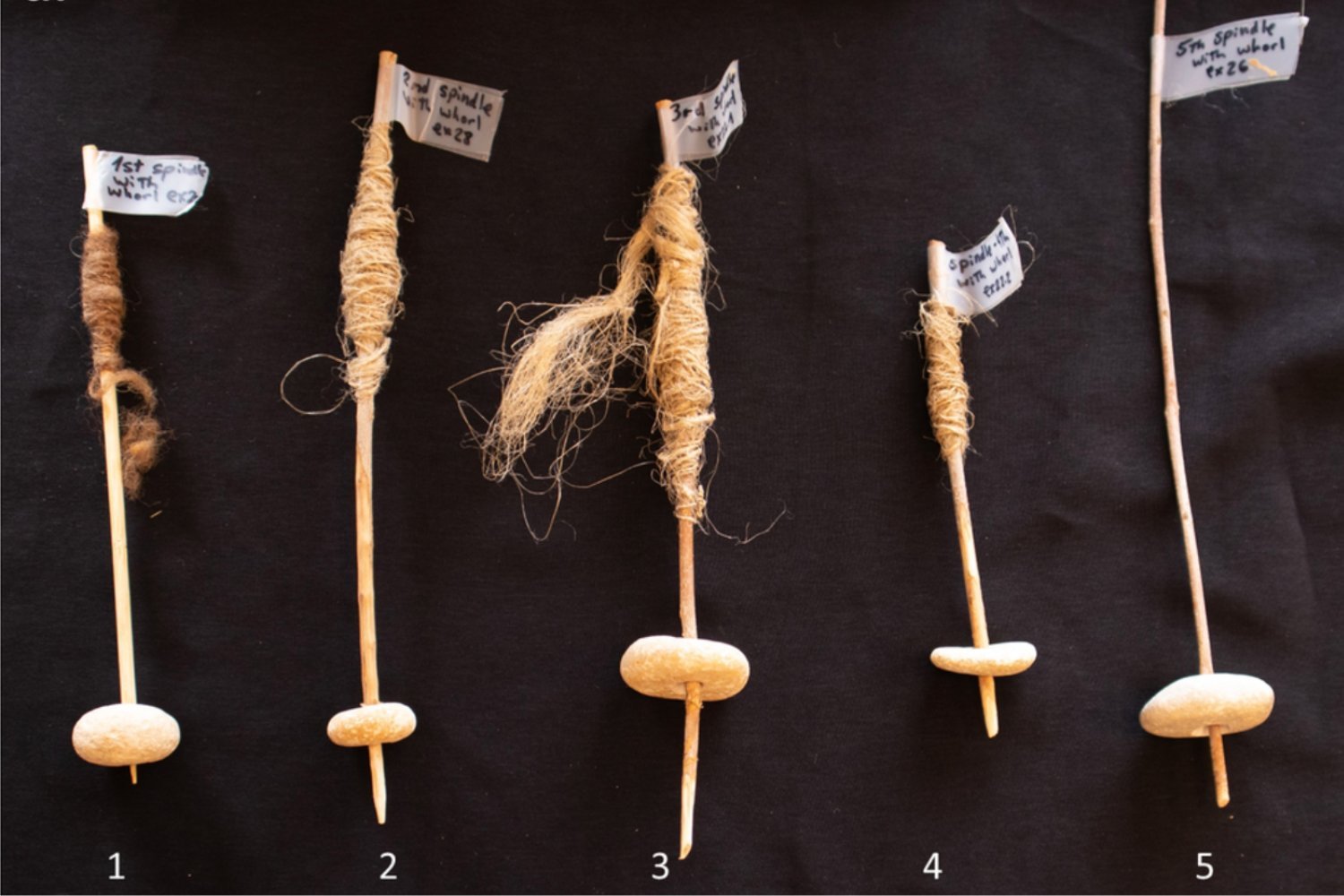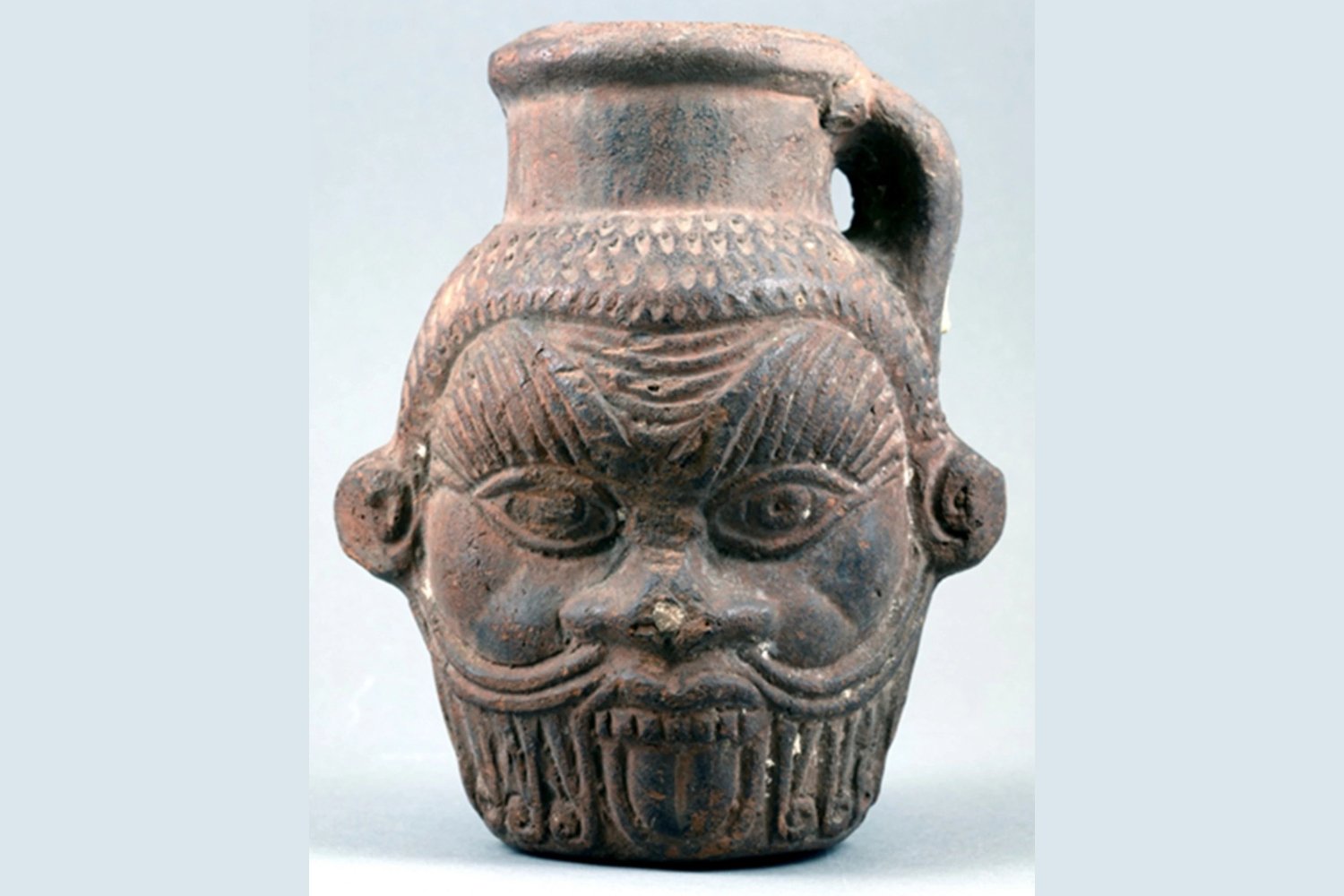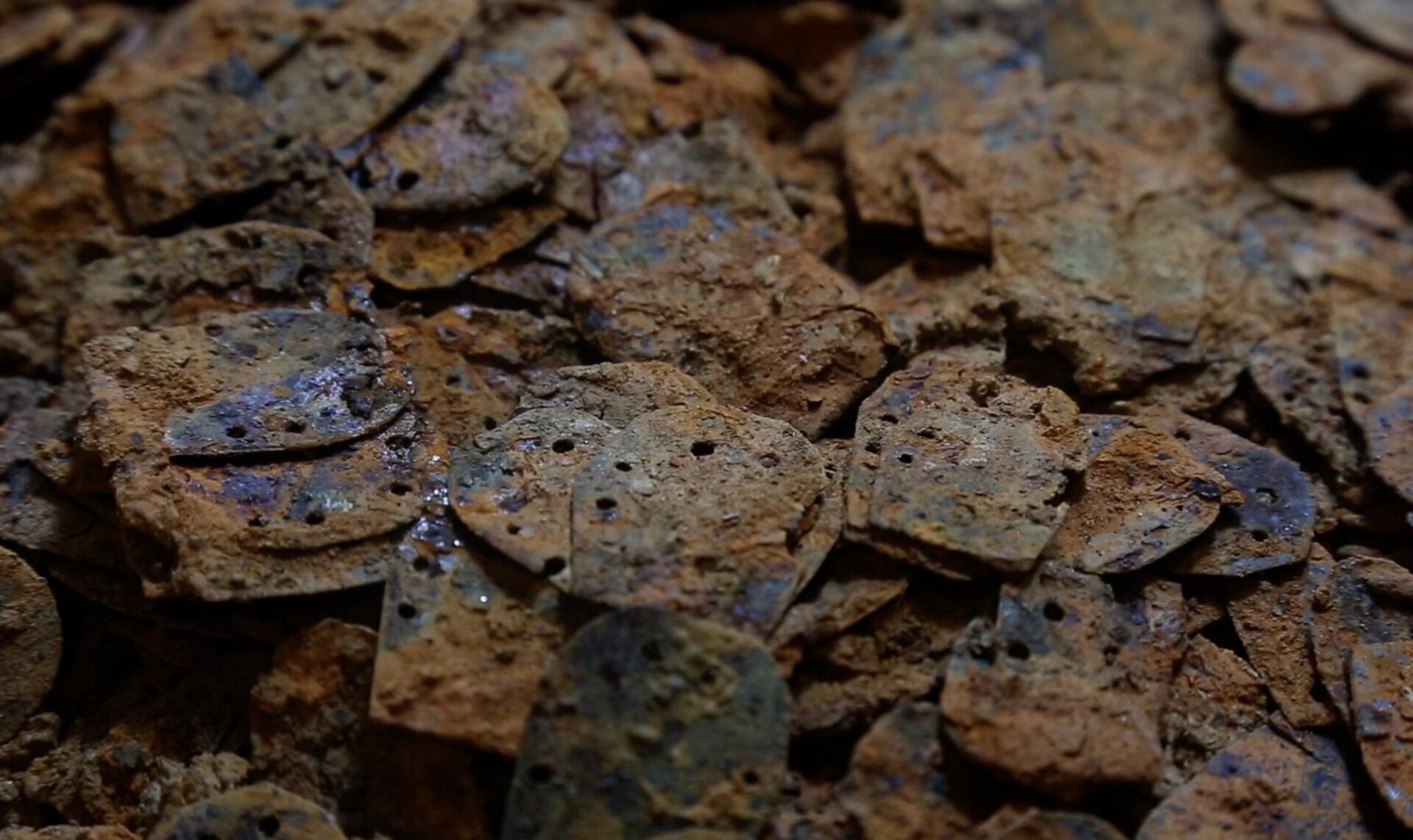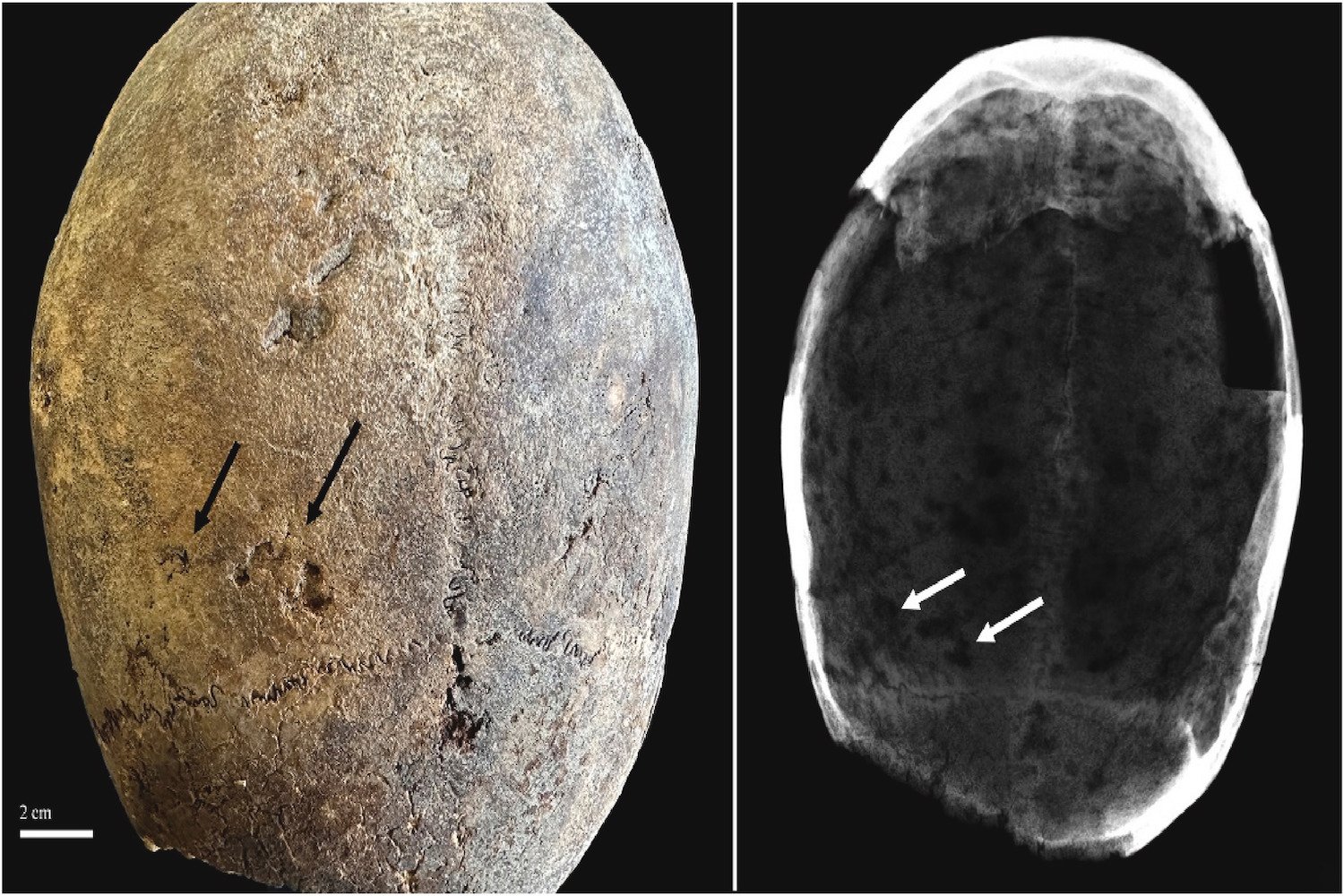A Greek physical anthropologist, Antonis Bartsiokas of the Democritus University of Thrace, has made a bold claim: a mysterious material found in one of the Royal Tombs at Vergina, dating back to the fourth century BCE, is a fragment of a tunic belonging to Alexander the Great. Using scientific analysis and historical accounts, Bartsiokas believes this material is the remnants of a white and purple cotton tunic, a garment he connects to the legendary conqueror. The artifact was discovered in Tomb II, alongside a male skeleton and a golden wreath within a golden casket.
This claim, published in the Journal of Field Archaeology, reignites the ongoing debate surrounding the identities of those interred in the Vergina tombs and the artifacts found within. While intriguing, Bartsiokas’s hypothesis has been met with both skepticism and support within the archaeological community.
The Royal Tombs of Vergina: An Archaeological Enigma
The Royal Tombs at Vergina, located near the ancient Macedonian capital of Aegae, were discovered in the late 1970s by archaeologist Manolis Andronikos. Of the four tombs discovered, Tombs I, II, and III are of primary importance. Tomb I, a small cist tomb, was found looted. However, Tombs II and III, larger chamber tombs, yielded a wealth of burial goods and skeletal remains.
These tombs are situated near the heart of the ancient kingdom of Macedonia, a kingdom unified by Philip II and expanded across vast territories, reaching as far as India, by his son, Alexander the Great, in the fourth century BCE. Initially, the tombs were thought to belong to Philip II and his family, hence the name “Cluster of Philip II.”
A Clash of Hypotheses: Who Lies Within?
The identities of the individuals buried in the Vergina tombs have been a subject of intense scholarly debate. The traditional hypothesis posits that Philip II is interred in Tomb II. A newer hypothesis, supported by Bartsiokas, contends that Tomb II holds the remains of Philip III Arrhidaeus, Alexander the Great’s brother, while Philip II rests in Tomb I. There is greater consensus that Alexander IV, Alexander the Great’s son, is buried in Tomb III.
The final resting place of Alexander the Great himself remains shrouded in mystery, with Alexandria, Egypt, being the most commonly suggested location. However, some scholars believe that certain artifacts within Tomb II may have belonged to the renowned conqueror.
Scientific Analysis and Historical Interpretation: The Case for Alexander’s Tunic
Bartsiokas employed advanced techniques, including gas chromatography and Fourier-transform infrared spectroscopy, to analyze the material found in Tomb II. These analyses confirmed the material to be textile fabric. He then drew upon historical descriptions, a frieze within Tomb II depicting hunters, one of whom he identifies as Alexander, and Alexander’s known adoption of Persian attire to argue that the garment belonged to Alexander the Great.
Bartsiokas states that the tunic’s description aligns with ancient accounts of the Persian mesoleucon sarapis, a garment associated with royalty and considered highly valuable. He further suggests that Alexander’s paraphernalia was buried with Philip III Arrhidaeus, who inherited them upon Alexander’s death.
A Divided Archaeological Community
Bartsiokas’s interpretation has sparked controversy. Stella Drougou, an archaeologist involved in the Vergina excavation, has expressed skepticism, arguing that discussions lacking excavation data are baseless. Conversely, classicist James Romm has suggested that Bartsiokas’s study might hold merit, speculating that the resistance from some archaeologists could stem from a desire to protect Andronikos’s legacy.
At present, Bartsiokas’s hypothesis remains unproven. However, if verified, it could significantly reshape our understanding of the Vergina tombs and challenge established interpretations of one of Greece’s most important archaeological discoveries.



